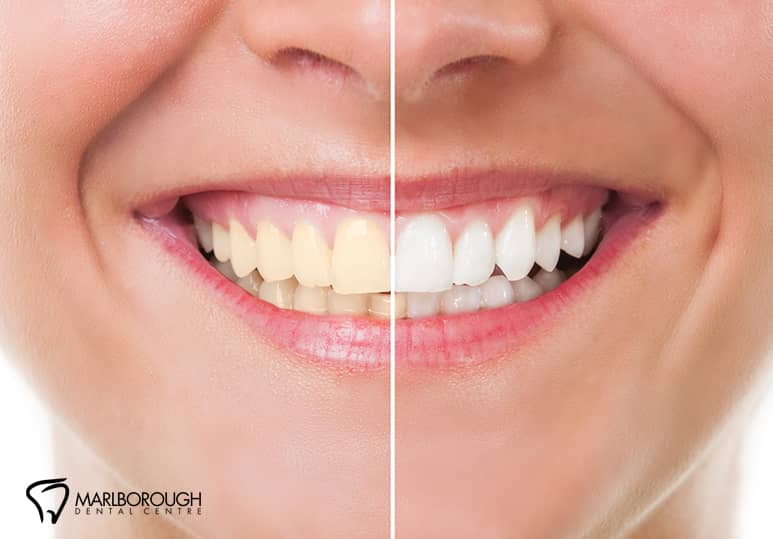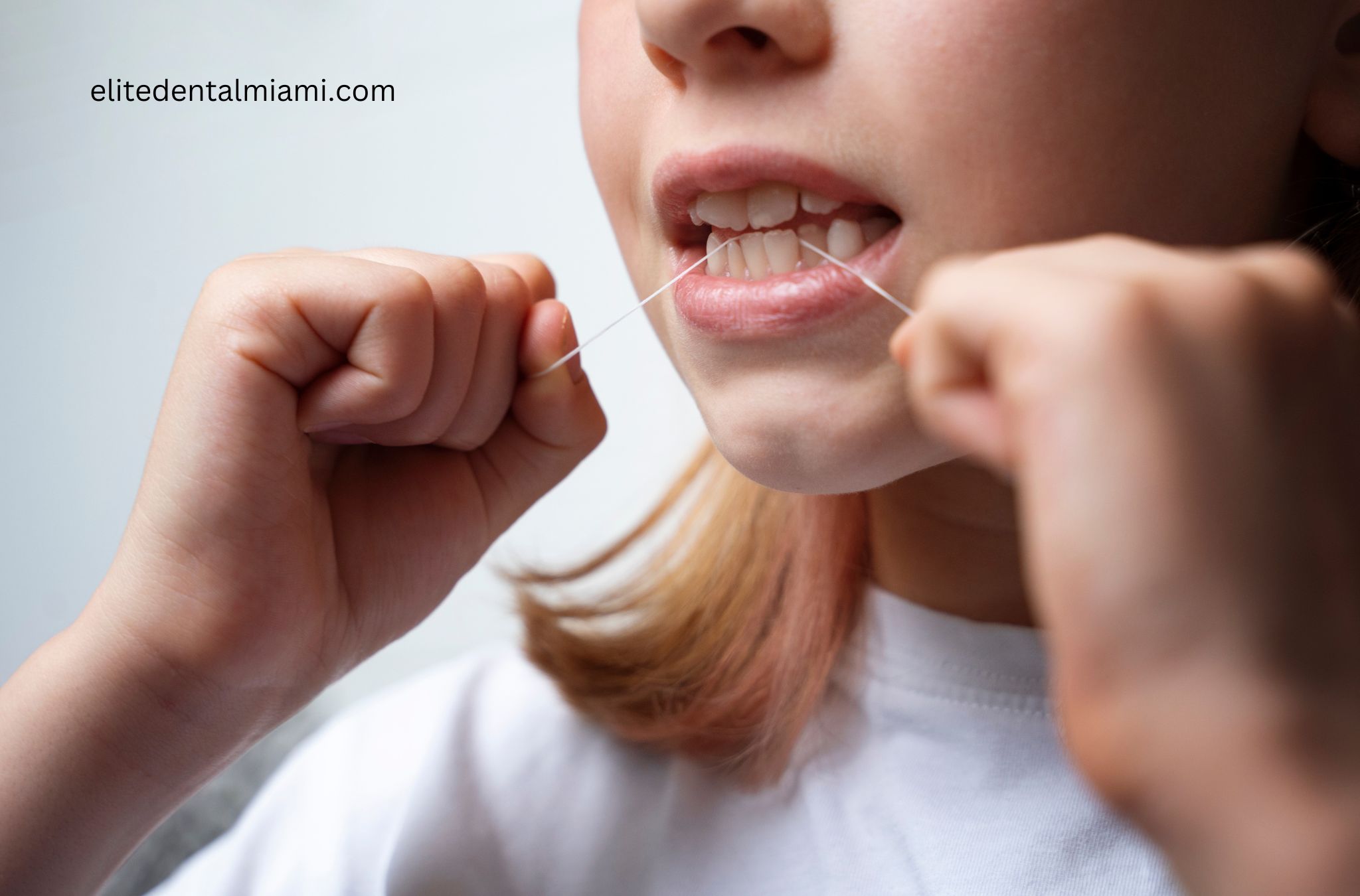Teeth cleaning does remove stains, leaving your teeth looking brighter and cleaner. A professional teeth cleaning remove can help to remove stubborn stains caused by smoking, drinking coffee or tea, and consuming certain foods and beverages.
Not only does teeth cleaning help to improve the appearance of your teeth, but it also plays a crucial role in maintaining oral health. Regular teeth cleaning can prevent gum disease, cavities, and other dental problems, making it an essential part of your oral hygiene routine.
By removing plaque and tartar buildup, a dentist or dental hygienist can effectively remove surface stains and achieve a whiter smile.

What Causes Teeth Stains
Teeth stains can be an unwelcome sight, diminishing the brightness and radiance of your smile. But what exactly causes these stains? Understanding the common culprits behind teeth discoloration can help you make informed decisions about your oral hygiene routine and prevent or minimize the appearance of stains. In this section, we’ll delve into the three main causes of teeth stains: food and drinks, tobacco use, and aging.
Food And Drinks
What we eat and drink plays a significant role in the staining of our teeth. Many everyday food items contain pigments that can leave behind stubborn stains. Dark-colored beverages like coffee, tea, and red wine, as well as sodas, can contribute to teeth discoloration over time. These liquids contain chromogens, intensely pigmented molecules that latch onto the enamel of our teeth. Acidic foods and drinks also promote staining by eroding the enamel, allowing stains to penetrate more easily.
To minimize the impact of food and drinks on your teeth, it can be helpful to:
- Avoid or limit the consumption of stain-causing beverages, opting for water or less pigmented alternatives.
- Use a straw when drinking dark-colored beverages to reduce their contact with tooth surfaces.
- Brush your teeth or rinse your mouth with water after consuming stain-causing foods and drinks.
Tobacco Use
Tobacco products, whether smoked or eaten, are renowned for causing teeth to discolor. The nicotine and tar present in cigarettes and other tobacco products readily adhere to the tooth enamel, resulting in yellow or brown discoloration. Over time, habitual tobacco use can lead to severe and stubborn stains that are challenging to remove.
If you’re a tobacco user and concerned about teeth staining, quitting or reducing tobacco consumption is the best course of action. Not only will this improve your overall health, but it will also help preserve the natural color of your teeth and prevent further discoloration.
Aging
As we age, our teeth naturally start to lose their luster. The outer layer of enamel gradually wears down, revealing the dentin beneath, which has a yellowish hue. Additionally, over time, the enamel becomes thinner, making it easier for the dentin to show through. Other factors such as genetics, poor oral hygiene, and certain medications can exacerbate this natural aging process, leading to more pronounced teeth stains.
While we cannot reverse the effects of aging on our teeth, proper dental care and regular visits to your dentist can help mitigate stains. Consistent brushing, flossing, and professional teeth cleanings can remove surface stains and slow down the progression of discoloration.

How Does Teeth Cleaning Work
Teeth cleaning, also known as dental cleaning or prophylaxis, is an essential dental procedure to maintain good oral hygiene and prevent various dental problems. But how does teeth cleaning actually work?
Procedures Involved
During a teeth cleaning appointment, a dental hygienist or dentist will perform several procedures to ensure your teeth are thoroughly cleaned and any potential issues are addressed.
- Visual Exam: The dental professional will first visually examine your mouth, teeth, and gums to identify any visible signs of dental problems such as tooth decay or gum disease.
- Plaque Removal: Plaque, a sticky film of bacteria, is a major contributor to dental issues. The dental professional will use specialized tools to carefully remove the plaque from the surface of your teeth and along the gumline.
- Tartar Removal: If plaque is not removed timely, it hardens into tartar or calculus, which cannot be brushed or flossed away. A process called scaling is used to scrape off the tartar from your teeth.
- Teeth Polishing: Once the tartar is removed, a gritty toothpaste is applied to your teeth and polished to remove any remaining plaque and stains, leaving your teeth smooth and shiny.
- Fluoride Treatment: After teeth cleaning, a fluoride treatment may be applied to strengthen your teeth and protect them against cavities.
Types Of Teeth Cleaning
There are different types of teeth cleaning procedures available, depending on the individual’s oral health needs and the severity of dental problems. The most common types of teeth cleaning include:
| Type of Teeth Cleaning | Description |
|---|---|
| Regular Cleaning | Standard teeth cleaning procedure performed every six months for individuals with good oral health. |
| Deep Cleaning | A more extensive procedure, often known as scaling and root planing, recommended for individuals with gum disease or excessive tartar buildup. |
| Periodontal Maintenance | Follow-up cleanings performed after deep cleaning to manage and prevent the progression of gum disease. |
| Prophylaxis Cleaning | A professional cleaning for individuals with healthy gums and little to no tartar buildup. |
Regular teeth cleaning is essential to maintain optimal oral health and prevent dental problems. By following a proper dental care routine and attending regular dental cleanings, you can keep your teeth clean, bright, and free from stains.
Can Teeth Cleaning Remove Stains
Teeth cleaning is a normal dental operation that removes plaque, tartar, and stains from the teeth. One of the primary concerns when it comes to teeth cleaning is whether it can effectively remove stains. Let’s delve into the two main types of stains and explore how teeth cleaning can address them.
Surface Stains
Surface stains, also known as extrinsic stains, occur on the outer layer of the tooth, known as the enamel. These stains are often caused by certain foods and beverages, such as coffee, tea, red wine, and berries, as well as habits like smoking. While surface stains are not deeply ingrained into the tooth structure, they can still be aesthetically bothersome.
During a professional teeth cleaning session, a dental hygienist or dentist uses special tools and abrasive pastes to polish the teeth. This process helps to remove surface stains, giving your teeth a clean and refreshed appearance. However, it’s important to note that surface stains may reoccur over time due to continued exposure to stain-causing substances.
Deep Stains
Deep stains, also known as intrinsic stains, are different from surface stains. These stains develop beneath the enamel and can be caused by a variety of factors, including certain medications, genetics, and excessive fluoride consumption during tooth development. Deep stains are often more challenging to remove and may require additional treatments.
Although a regular teeth cleaning session can improve the appearance of deep stains to some extent, it may not be sufficient to completely eliminate them. In cases where the deep stains are severely affecting the appearance of the teeth, your dentist may recommend other cosmetic dental procedures, such as teeth whitening or veneers, to achieve the desired results.
In summary, teeth cleaning is an effective way to remove surface stains and improve the appearance of your teeth. However, when it comes to deep stains, additional treatments may be required to achieve optimal results. If you have concerns about stains on your teeth, consult with a dental professional to determine the best course of action.

Credit: marlboroughdentalcentre.com
Other Methods To Remove Teeth Stains
When it comes to removing teeth stains, professional teeth cleaning is not the only option available. There are several other methods that can help get rid of stains and restore the natural color of your teeth. In this section, we will explore two popular alternative methods: whitening toothpaste and teeth whitening treatments.
Whitening Toothpaste
Whitening toothpaste is a convenient and affordable option for removing surface stains from the teeth. These toothpastes contain mild abrasives and special chemicals that help break down and remove stains.
Unlike regular toothpaste, whitening toothpaste has a gritty texture that helps scrub away stains caused by common culprits like coffee, tea, and wine. The chemical compounds in the toothpaste can also interact with the stains, making them less noticeable on the teeth.
| Pros | Cons |
|---|---|
| Convenient and easy to use | May not be suitable for deep-set stains |
| Affordable compared to other methods | Results may take longer to become noticeable |
Teeth Whitening Treatments
If you’re looking for more dramatic and long-lasting results, professional teeth whitening treatments may be the right choice for you. These treatments are usually done by a dentist or a dental hygienist and involve the use of stronger whitening agents.
One popular teeth whitening treatment is in-office bleaching, where a dentist applies a powerful bleaching agent to the teeth and uses a special light or laser to enhance the whitening process. Another option is take-home whitening kits, which include custom-fitted trays and a professional-grade whitening gel that you apply at home.
| Pros | Cons |
|---|---|
| Can provide significant whitening results | Can be more expensive than other methods |
| Customizable to fit your individual needs | Potential side effects like tooth sensitivity |
So, if you’re not satisfied with the results of regular teeth cleaning, you can explore these alternative methods to remove teeth stains. Whitening toothpaste is a convenient option that can help with surface stains, while teeth whitening treatments offer more significant and long-lasting results. Consider consulting with a dental professional to determine which method is best suited for your needs and achieve the bright, dazzling smile you desire.
Tips For Maintaining A Bright Smile
Teeth cleaning plays a crucial role in removing stains and maintaining a bright smile. With regular professional cleanings and diligent oral hygiene practices, you can keep your teeth free from discoloration and enjoy a dazzling smile.
Regular Brushing And Flossing
One of the most crucial tips for maintaining a bright smile is to practice regular brushing and flossing. Brushing your teeth twice a day helps remove surface stains caused by food and beverages, while flossing removes plaque and debris from between the teeth. It is important to use a soft-bristled toothbrush and fluoride toothpaste to gently and thoroughly clean the teeth and gums.
Limiting Stain-causing Foods
Another effective way to keep your smile looking bright is by limiting the consumption of stain-causing foods and beverages. Foods such as berries, tomato sauce, and curries can leave unwanted stains on the teeth. Similarly, drinks like coffee, tea, red wine, and soda can also contribute to tooth discoloration. While it may be challenging to completely avoid these foods and drinks, reducing their intake and rinsing your mouth with water after consuming them can help minimize their staining effects.
Additionally, incorporating stain-fighting foods into your diet can help maintain a radiant smile. Foods like apples, celery, carrots, and strawberries contain natural enamel-boosting properties that help remove surface stains and keep the teeth clean.
Frequently Asked Questions Of Does Teeth Cleaning Remove Stains
How Does Teeth Cleaning Remove Stains?
Teeth cleaning removes stains by removing plaque and tartar buildup, which can contribute to discoloration. During the cleaning process, a dental professional uses special tools to scrape away these deposits, revealing a cleaner and brighter surface.
Is Teeth Cleaning Necessary To Remove Stains?
Yes, teeth cleaning is necessary to remove stains. While regular brushing and flossing can help prevent stains, professional teeth cleaning is required to remove stubborn discoloration caused by food, beverages, and tobacco. Regular cleanings can help maintain a bright and healthy smile.
Can Teeth Cleaning Remove Coffee Stains?
Yes, teeth cleaning can effectively remove coffee stains. Coffee is a common culprit for dental discoloration, but professional cleanings can help lift and eliminate these stains. It’s important to maintain regular dental visits and practice good oral hygiene to keep your smile bright and coffee stain-free.
Conclusion
Professional teeth cleaning treatments are an effective method to remove stains from your teeth caused by external factors such as coffee, tea, smoking, or certain foods. These procedures use advanced techniques and tools to thoroughly clean the surface of your teeth, giving you a brighter and whiter smile.
So, the next time you notice unsightly stains on your teeth, consider getting a teeth cleaning session to restore the natural shine of your pearly whites.

I am a dentist and also blog regularly. my target audience is America Europe & providing regular information for them.
